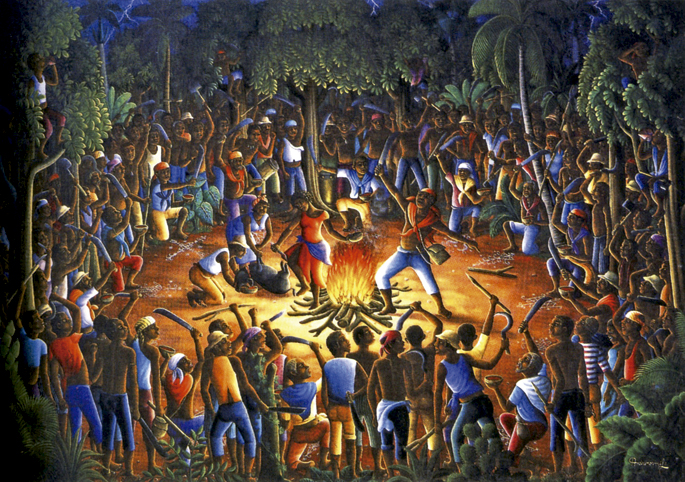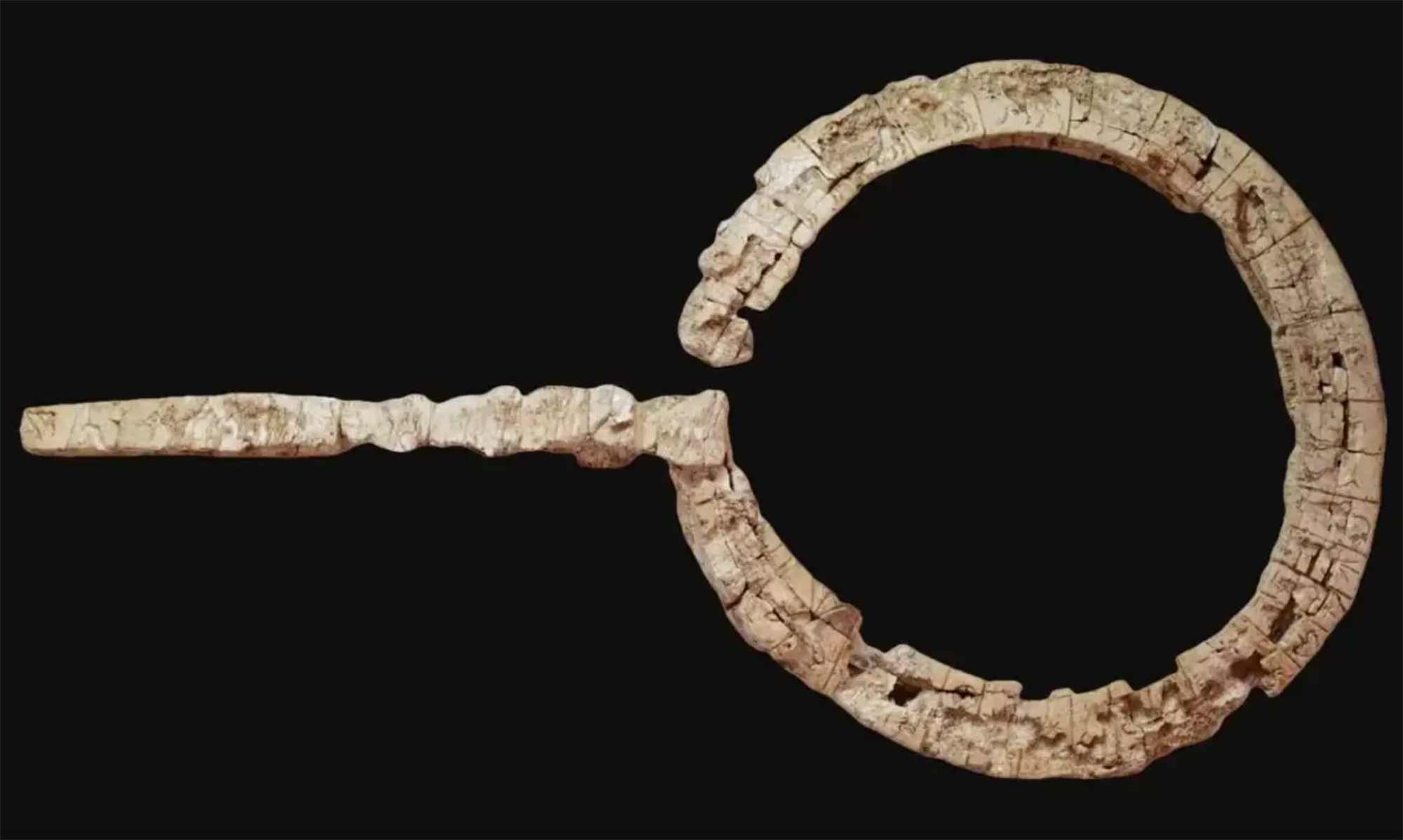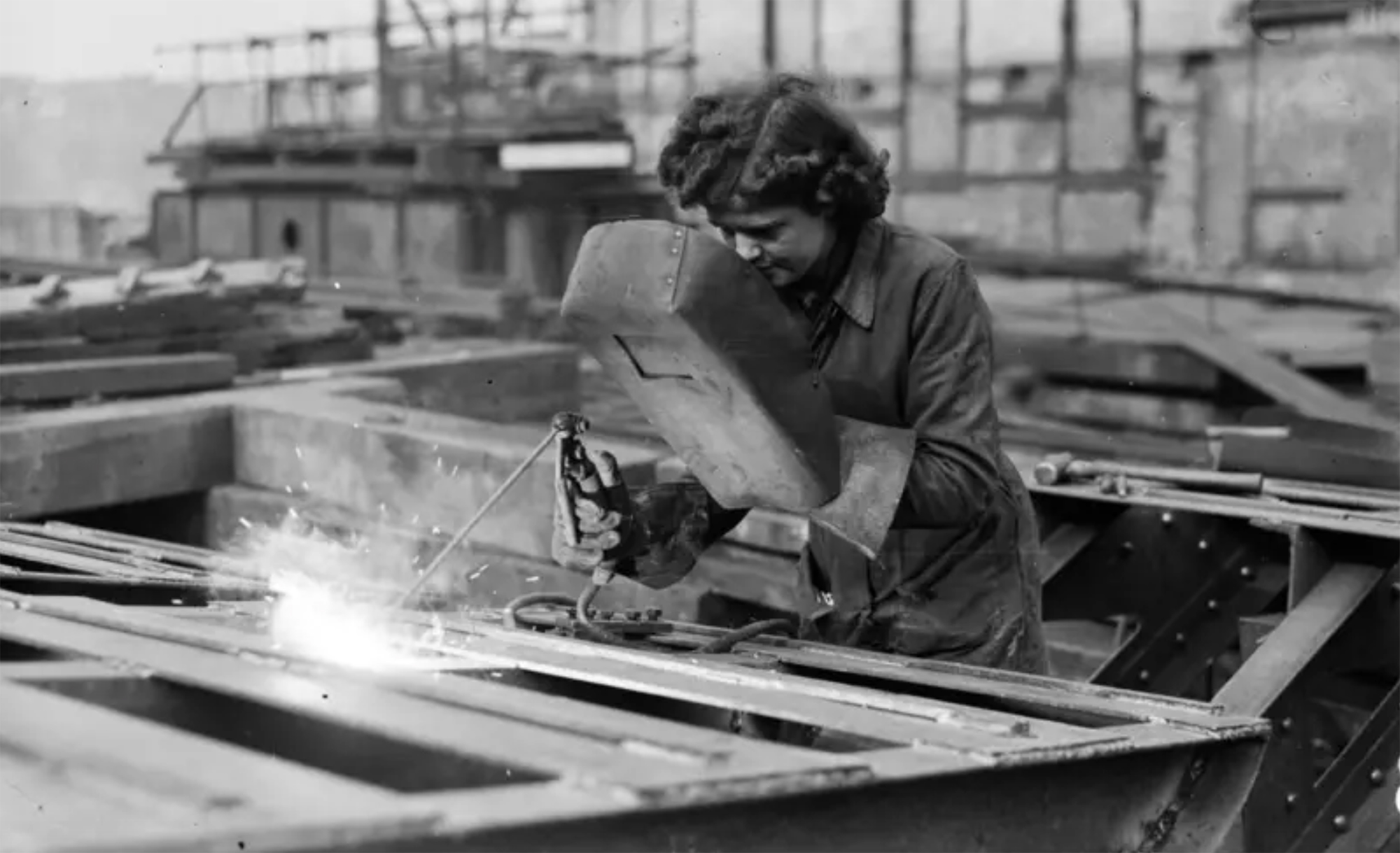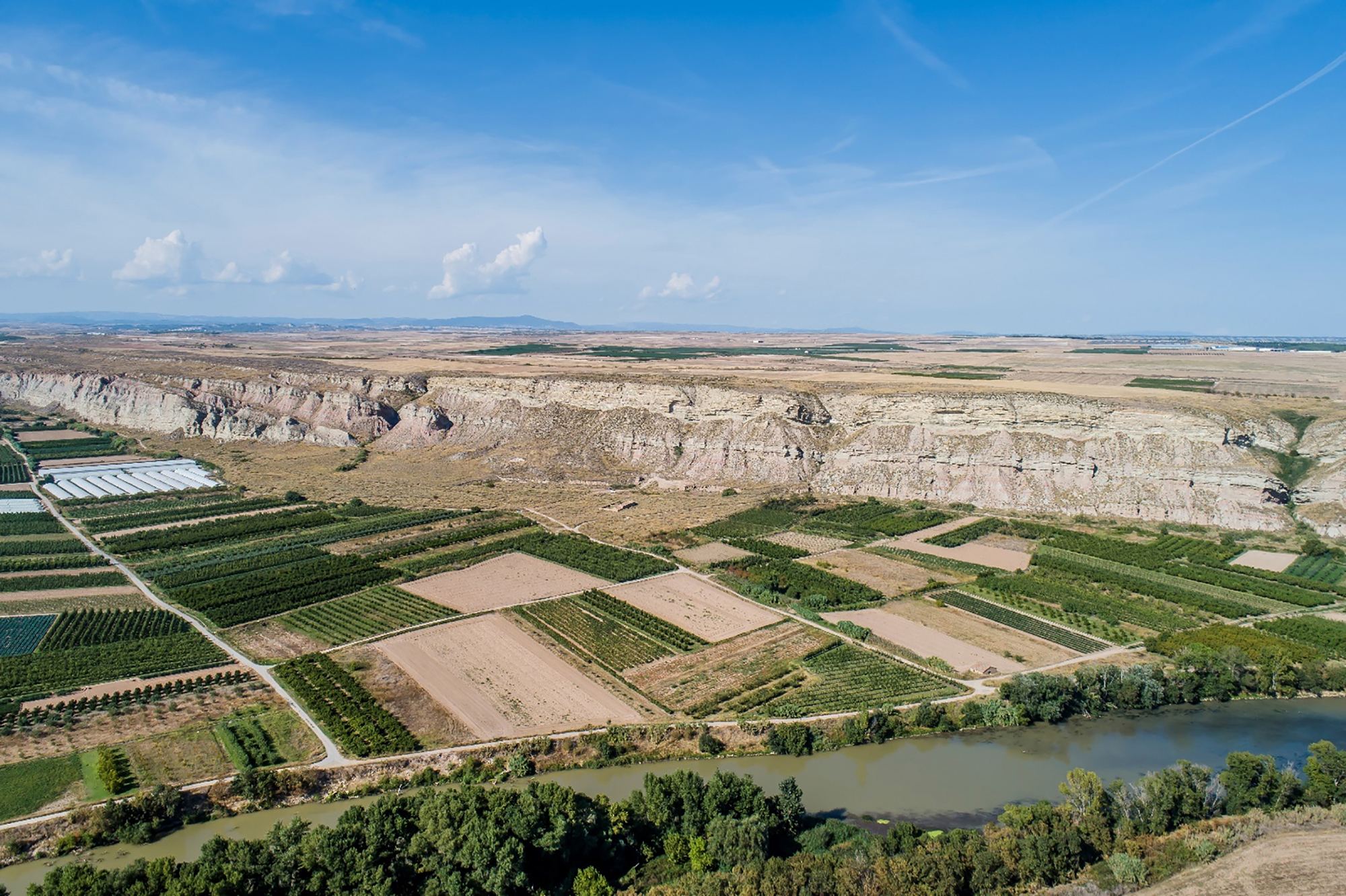Independence of the Buddha's Hand

Born 14 August 1791. Several slaves, under the command of Dutty Boukman Houngan or the priest, met at a voodoo ceremony. Boukman, after naming the leaders of the movement, urged them to stand up against the French oppressors.
A week later, on the night of 21 August, the slaves of Saint-Dominguez, which was called the French colony, were raised and the Haitian Revolution began.
Although Bois-Caiman is considered the catalyst of the revolt, the lack of evidence and the few fuzzy testimonies have opened the way to varied versions. David Geggus, historian of the University of Florida, says that the caiman forest did not hold a single meeting. First, there was a ceremony of about 200 people, mainly religious. And two or three days later, a more clandestine meeting was held between Boukman and the leaders of the revolution to plan the uprising.
Several Haitian historians have questioned Bois-Caiman. Specifically, Léon-François Hoffmann stated in 1991 that Antoine Dalmas, a French plantation physician, was the inventor of history to despise slaves and their beliefs.
The myth or reality, according to Swedish researcher Markel Thylefors, “the episode of Bois-Caiman is an important part of the national identity of the Haitians, as it is linked to Haiti’s own generation”.
Haiti was the most important slave revolt since the time of Spartacus. Unlike the uprising in Ancient Rome, slaves were won in Haiti. The revolution changed the institution of slavery, provoked a review of relations between races and rocked European colonialism. The conversion of the balance of power in the Atlantic was also inevitable. At home, the slaves were liberated, fought to maintain freedom and, in 1804, founded the sovereign state of Haiti.
The nearsighted view of the West has limited the introduction of needles into the wrists to harm a bouquet. For those Caribbean slaves, it was much more. In the words of David Geggus, “the Buddha of Bois-Caiman became a unifying and revolutionary force.”
Until now we have believed that those in charge of copying books during the Middle Ages and before the printing press was opened were men, specifically monks of monasteries.
But a group of researchers from the University of Bergen, Norway, concludes that women also worked as... [+]
Florentzia, 1886. Carlo Collodi Le avventure de Pinocchio eleberri ezagunaren egileak zera idatzi zuen pizzari buruz: “Labean txigortutako ogi orea, gainean eskura dagoen edozer gauzaz egindako saltsa duena”. Pizza hark “zikinkeria konplexu tankera” zuela... [+]
Ereserkiek, kanta-modalitate zehatz, eder eta arriskutsu horiek, komunitate bati zuzentzea izan ohi dute helburu. “Ene aberri eta sasoiko lagunok”, hasten da Sarrionandiaren poema ezaguna. Ereserki bat da, jakina: horra nori zuzentzen zaion tonu solemnean, handitxo... [+]
Linear A is a Minoan script used 4,800-4,500 years ago. Recently, in the famous Knossos Palace in Crete, a special ivory object has been discovered, which was probably used as a ceremonial scepter. The object has two inscriptions; one on the handle is shorter and, like most of... [+]
Londres, 1944. Dorothy izeneko emakume bati argazkiak atera zizkioten Waterloo zubian soldatze lanak egiten ari zela. Dorothyri buruz izena beste daturik ez daukagu, baina duela hamar urte arte hori ere ez genekien. Argazki sorta 2015ean topatu zuen Christine Wall... [+]
Kirola eta oroimena uztartuko dituzte, bigarrenez, mendi-martxa baten bitartez. Ez da lehiakorra izanen, helburua beste bat delako. La Fuga izeneko mendi martxak 1938ko sarraskia gogorarazi nahi du. Ezkabako gotorlekuan hasi eta Urepelen amaituko da. Maiatzaren 17an eginen dute.
Bilbo, 1954. Hiriko Alfer eta Gaizkileen Auzitegia homosexualen aurka jazartzen hasi zen, erregimen frankistak izen bereko legea (Ley de Vagos y Maleantes, 1933) espresuki horretarako egokitu ondoren. Frankismoak homosexualen aurka egiten zuen lehenago ere, eta 1970ean legea... [+]
Fusilamenduak, elektrodoak eta poltsa, hobi komunak, kolpismoa, jazarpena, drogak, Galindo, umiliazioak, gerra zikina, Intxaurrondo, narkotrafikoa, estoldak, hizkuntza inposaketa, Altsasu, inpunitatea… Guardia Zibilaren lorratza iluna da Euskal Herrian, baita Espainiako... [+]
Deportazioaren Memoriarako Euskal Koordinakundeak aintzat hartu nahi ditu Hego Euskal Herrian jaio eta bizi ziren, eta 1940tik 1945era Bigarren Mundu Gerra zela eta deportazioa pairatu zuten herritarrak. Anton Gandarias Lekuona izango da haren lehendakaria, 1945ean naziek... [+]






















